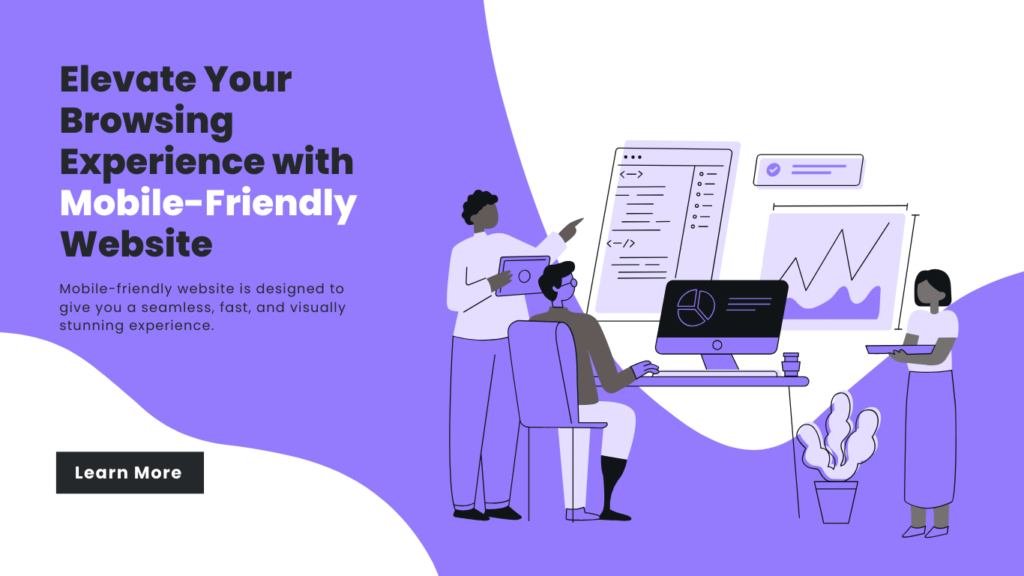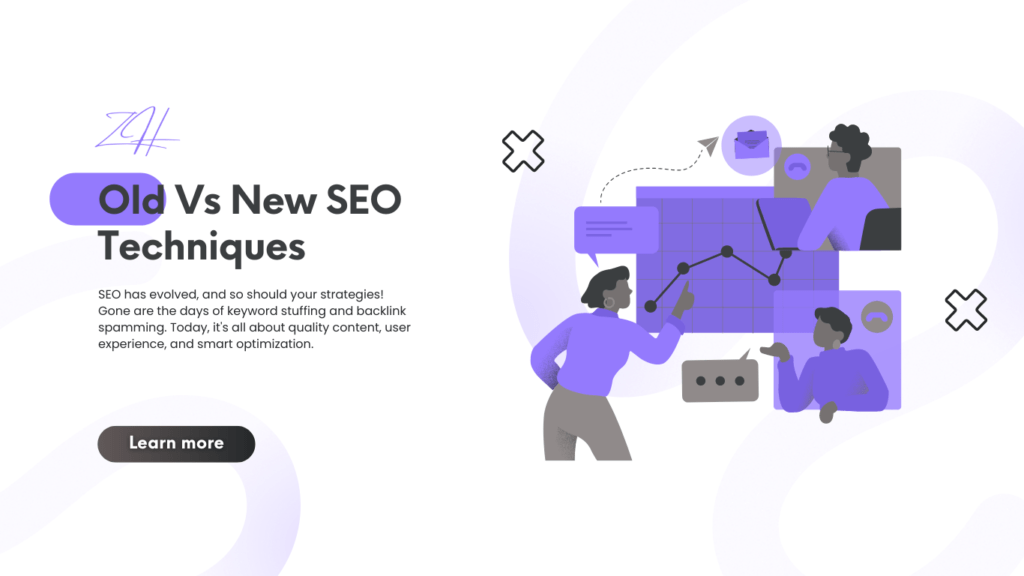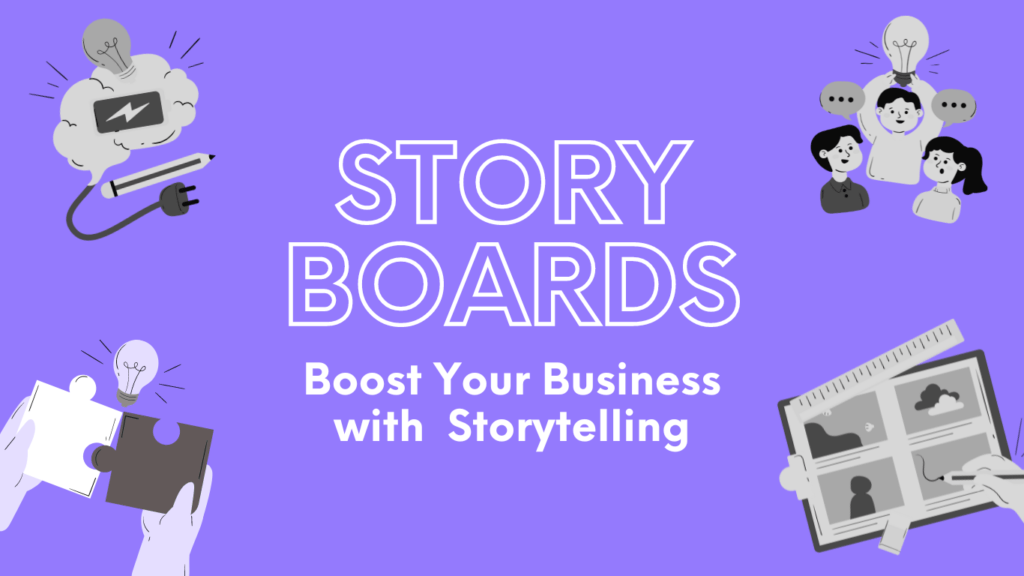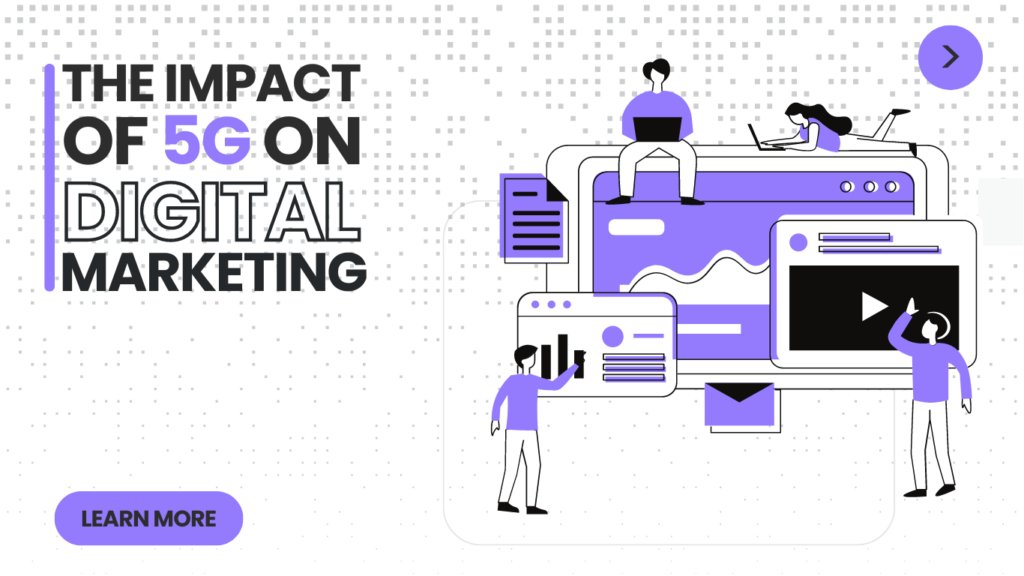
Metrics Used to Measure Customer Engagement
Businesses trying to create enduring relationships with their customers must first measure customer involvement. Knowing how consumers connect with a brand could bring great insights in the very competitive market of today. Here we investigate the several metrics of consumer involvement that are often employed and how these could enable companies to adjust their plans.
1. Page Views and Sessions
The count of page views and sessions is one of the main indicators of client involvement. These metrics show the relevance of the material a website provides and help ascertain the level of attention it attracts. Longer sessions and many page views usually indicate that users are involved and intrigued in what they come across.
2. Time on Page
Customer time on a certain page is another important statistic. Usually, visitors that spend more time on a page find the material interesting and helpful. On the other hand, low page time could indicate that the material has to be improved.
3. Bounce Rate
One important statistic metrics the proportion of users leaving a website following just one page is bounce rate. A high bounce rate could suggest that the website lacks what users are seeking for or is not interesting enough.
4. Click-Through Rate (CTR)
Evaluating the number of clicks on links inside a webpage, email, or advertisement depends on knowing CTR. A high CTR indicates that the material is interesting and that it successfully generates traffic to specified destinations, such service sign-ups or product pages.
5. Conversion Rate
The conversion rate, which gauges the proportion of guests who follow a desired action—such as registering for a newsletter or making a purchase—measures maybe the most important statistic. Usually, a high conversion rate points to good engaging techniques.
6. Social Media Engagement
On social media platforms, likes, shares, comments, and follows are fundamental indicators of customer involvement. These exchanges mirror the audience’s degree of resonance with the subject.
7. Customer Retention Rate
One measure of a company’s ability to keep its current clientele is its customer retention rate. High retention rates point to great consumer involvement and commitment.
8. Net Promoter Score (NPS)
Customer loyalty and satisfaction are expressed in NPS. Strong measure of general involvement, it shows how likely consumers are to suggest a brand to others.
9. Customer Lifetime Value (CLV)
An important statistic that gauges the whole value a consumer offers a business over their lifetime is CLV. Usually speaking, higher CLV points to strong customer satisfaction and involvement.
10. Email Open Rate
Measuring the success of email marketing initiatives depends critically on the open rate of the emails. A high open rate indicates that the material and subject lines are interesting enough to draw in the recipient.
11. Email click-through rate
The email click-through rate—which gauges how many recipients clicked on a link inside an email—follows the email open rate. This statistic lets one evaluate how well email content stimulates user activity.
12. Customer Satisfaction Grade (CSAT)
Another gauging of customer happiness is CSAT. It can give direct comments on how satisfied and involved consumers are with a good or service and is usually gathered by means of surveys.
13. Reviews and Customer Comments
Reviews and comments from customers are qualitative indicators that directly reveal degrees of customer involvement. Positive feedback usually show good involvement; negative feedback could point up areas needing work.
Conclusion
Knowing these indicators of customer involvement will enable companies to hone their plans and enhance client experience. Focusing on these important performance indicators helps businesses to better grasp their audience, make informed decisions based on facts, and finally build closer customer relationships.










